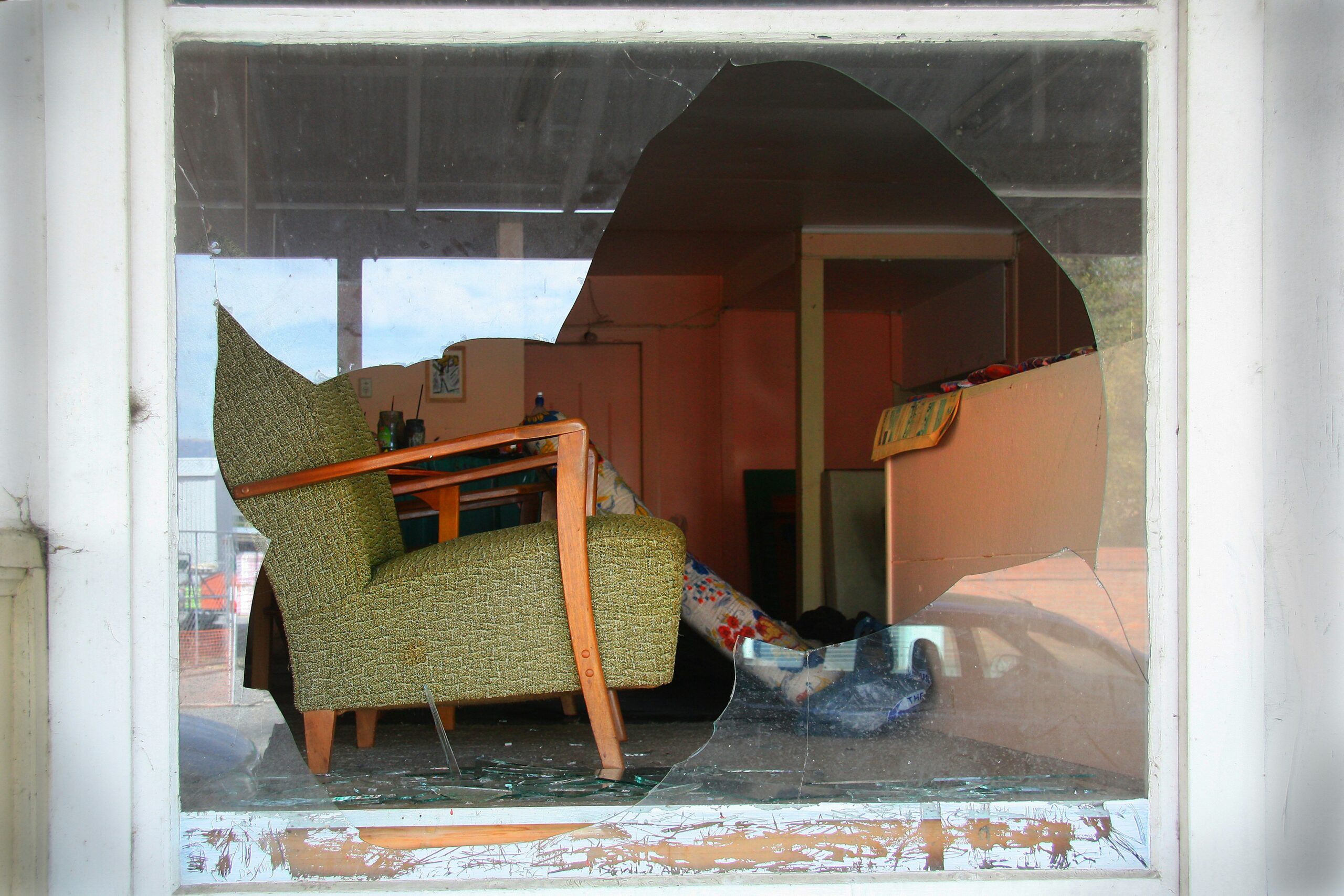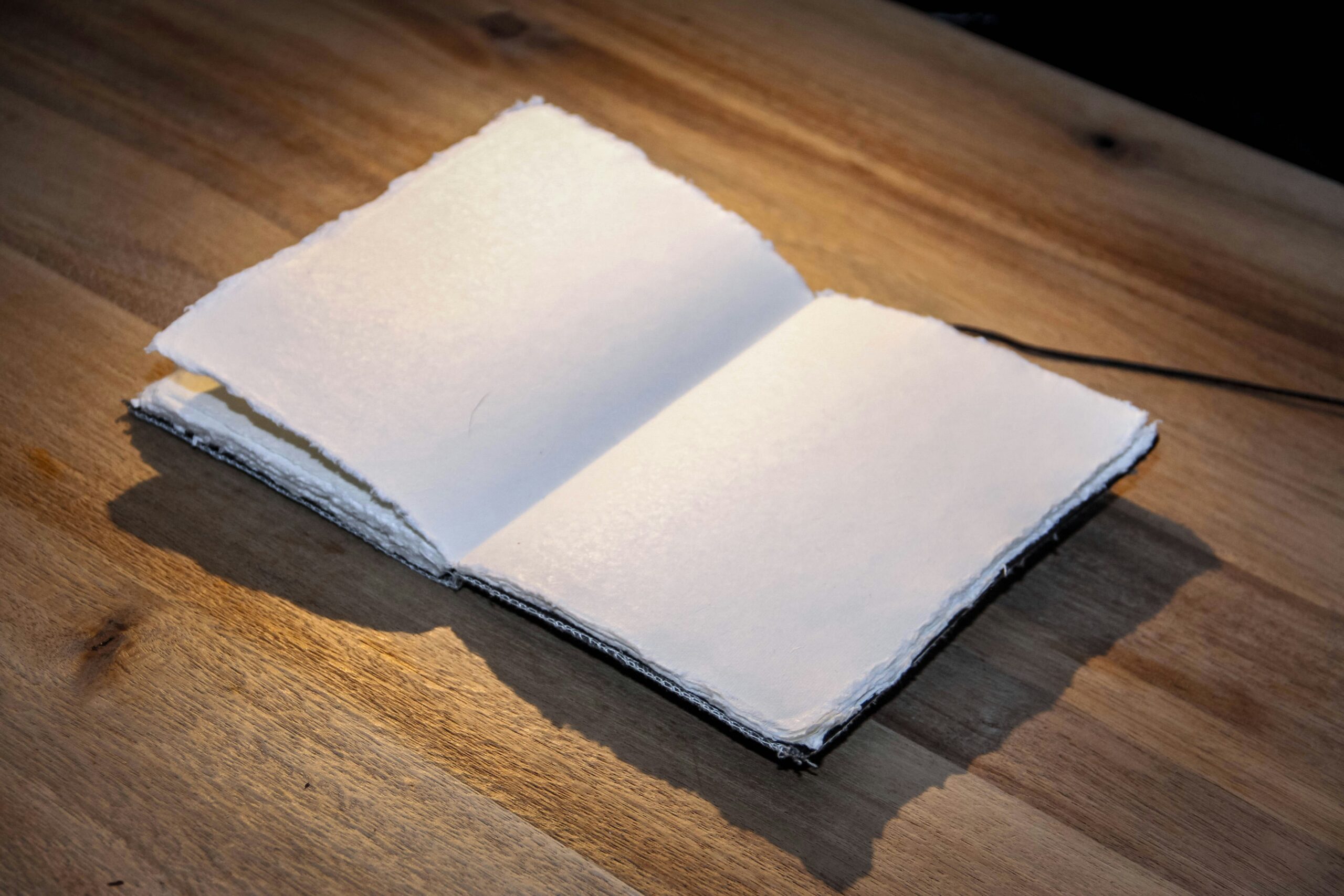Ever had a burglary claim denied because of “depreciation”? Yeah, us too. It’s like buying a brand-new laptop and being told it’s worth less than half its price the moment you unbox it. Depreciation can feel like a slap in the face when filing insurance claims, especially for burglary victims.
In this guide, we’ll unravel how depreciation calculation methods impact your burglary insurance payouts. You’ll learn what depreciation is, the various methods used to calculate it, and tips on minimizing its effect on your claims. By the end, you’ll be armed with actionable strategies (and maybe even some coffee-fueled wisdom).
Table of Contents
- What Is Depreciation Anyway?
- Depreciation Calculation Methods Explained
- Tips to Minimize Depreciation Impact
- Real-Life Examples of Depreciation in Action
- FAQs About Depreciation and Burglary Insurance
Key Takeaways:
- Depreciation reduces the value of stolen or damaged items over time.
- Insurance companies use different depreciation calculation methods, which affect payout amounts.
- You can reduce the sting of depreciation by understanding replacement cost vs. actual cash value policies.
- Proper documentation helps maximize your claim after a burglary.
What Is Depreciation Anyway?
Let’s start with the elephant in the room: “What exactly is depreciation?” Imagine your shiny new television—the one that made binge-watching Netflix feel luxurious. Now imagine someone breaks into your home and steals it. When you file an insurance claim, the insurance adjuster doesn’t consider it worth full retail price anymore. Why? Because stuff loses value as it ages—that’s depreciation working against you.

This brings us to our first confessional fail: I once argued with an insurer about why my three-year-old blender should still count as “new.” Spoiler alert—it didn’t work. So, let’s get real about depreciation calculation methods, shall we?
Depreciation Calculation Methods Explained
Think of depreciation like your phone battery life. The older it gets, the less juice it holds. Here are the key ways insurers determine how much your property has depreciated:
Method 1: Straight-Line Depreciation
Optimist You: *’This method is straightforward!’*
Grumpy You: *’Ugh, but it feels unfair.’*
In straight-line depreciation, the value of an item decreases equally every year until it reaches zero. For example, if your $1,000 laptop has a lifespan of five years, it depreciates by $200 annually. Easy peasy? Sure—but also brutally linear.
Method 2: Declining Balance Depreciation
If straight-line depreciation annoys you, declining balance depreciation feels even worse. This method assumes items lose more value upfront, tapering off later. Using the same laptop example, most of its value might vanish within the first two years, leaving only crumbs at the end.
Method 3: Sum-of-the-Years’-Digits
This quirky math approach adds up all digits in an asset’s estimated lifespan. If an item lasts five years, add 1+2+3+4+5 to get 15. Each year, the remaining digits become fractions representing depreciation rates. Sounds complicated? Chef’s kiss for accountants; torture for the rest of us.
Method 4: Actual Cash Value (ACV)
The ACV method combines depreciation with current market conditions. Essentially, it asks, “How much would it cost to replace this item today?” minus its depreciation value. Great for precision but often hurts claim payouts.

Tips to Minimize Depreciation Impact
Sure, depreciation stinks, but here’s where things get spicy:
- Choose Replacement Cost Coverage: Unlike ACV, this pays for replacing items without factoring in depreciation. Worth the extra premium!
- Document Everything: Keep receipts, photos, and model numbers handy. Prove what you owned and its condition.
- Rant Alert: Avoid policies that bury depreciation details in fine print. Yes, we’re looking at you, sneaky insurance contracts!
- Negotiate: Some insurers wiggle room exists if you push back politely (and with evidence).
Real-Life Examples of Depreciation in Action
Here’s a tale from the trenches: Sarah filed a burglary claim for her stolen jewelry collection valued at $5,000. Due to age and wear-and-tear, her insurer applied sum-of-the-years’-digits depreciation, cutting her payout to just $2,800. Ouch.
Contrast that with Mike, who opted for replacement cost coverage. After thieves took his sound system, he received enough money to buy a newer version—zero depreciation drama involved.
FAQs About Depreciation and Burglary Insurance
Q: Can I avoid depreciation altogether?
A: Not entirely, unless you switch to replacement cost coverage (highly recommended).
Q: Do all insurance companies use the same depreciation methods?
A: Nope. Policies vary wildly. Always read yours closely.
Q: What happens if I don’t agree with their calculation?
A: Dispute respectfully using documented proof of your items’ values.
Conclusion
We’ve unraveled depreciation calculation methods and shown how they shape burglary insurance claims. From straight-line simplicity to ACV complexity, knowing these methods arms you to protect your wallet.
Remember, choosing the right policy and documenting your belongings go a long way toward mitigating depreciation headaches. And hey, keep fighting those insurance battles—you’ve got this.

Like a Tamagotchi, your insurance knowledge needs daily care.
Stay sharp, stay covered.


